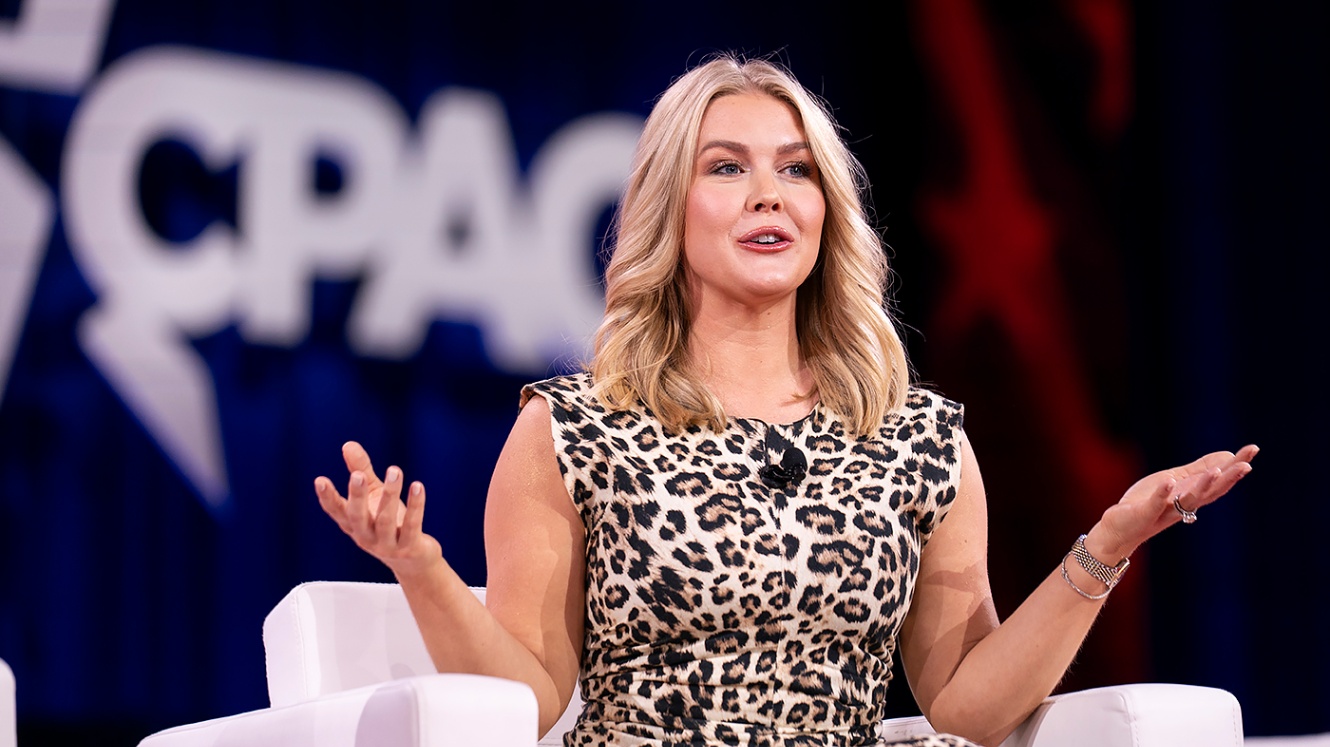If you thought Donald Trump’s trade strategy with China was carefully calculated—think again. What unfolded this week was a full-blown communications disaster that not only exposed deep inconsistencies within Trump’s camp but also raised serious questions about who’s really steering the ship.

It all started with Trump himself. After spending years touting high tariffs on Chinese imports as a key pillar of his “America First” agenda, Trump quietly admitted the obvious: the tariffs are too high. Reports followed, suggesting that he was considering lowering them, largely due to mounting pressure from business leaders—especially retail CEOs—who say the tariffs are crushing American businesses.
And then came the contradiction.
Enter Caroline Levitt, Trump’s White House press secretary. During a Fox News interview, she was asked point-blank: when will the tariff reduction on China take place? Her response? There is no plan. No unilateral tariff cuts. No softening. Nothing.
Wait—what?
So Trump says the tariffs are too high. Leaks say reductions are coming. And then Levitt says that’s all false? This isn’t just a miscommunication—it’s a full-on public contradiction from Trump’s own team.
Levitt didn’t stop there. She went into full spin mode, saying the President remains strong, firm, and absolutely committed to fair trade. According to her, China will need to come to the table first before any changes happen. “There will be no unilateral reduction in tariffs against China,” she said sternly, adding that Trump’s administration is watching supply chains and demanding China reduce not only tariffs but “non-monetary barriers” too.

But this response came hours after Trump himself said the tariffs would come down substantially. So what is it? Are they lowering the tariffs or not? Or are we just drawing talking points out of a hat and hoping no one notices?
Even Fox host Sandra Smith, usually not one to grill Team Trump, couldn’t ignore the whiplash. She asked Levitt if Trump’s stance on China tariffs was softening, based on the President’s own words. Levitt, without missing a beat, flatly denied it. “No, not at all,” she said, adding that she had spoken to the President that very morning and insisted he’s holding the line against Chinese economic aggression.
And then came the gaslighting.
Levitt declared that “hundreds of countries” have been brought to the negotiation table by Trump. Yes—hundreds. For context, there are only 195 recognized countries in the world. But why let facts get in the way? She added that the administration had “18 proposals on paper” from countries who now “realize they’ve been ripping off the U.S.”

It was like watching someone trying to rewrite history in real-time, without having updated the script fast enough. Just hours after Trump floated tariff reductions, his own spokesperson pretended he hadn’t. And instead of addressing the contradiction, she papered over it with hyperbole about how Trump’s economic leadership has been “unmatched.”
This wasn’t policy. It wasn’t strategy. It was damage control in broad daylight.
And here’s the kicker: Trump’s tariff policies have already gone through multiple cycles of implementation, pause, rollback, and re-implementation. The internal chaos isn’t just external optics—it’s reflective of the behind-the-scenes dysfunction. If there were a clear plan, we’d have seen it by now. Instead, what we have is a President who blurts out half-baked ideas before his team can coordinate the cover-up.
The entire episode is a textbook example of what gaslighting looks like in politics. Tell the truth, walk it back, deny it ever happened, and then spin it into a strength.
And if you think that’s where the disaster ends, think again. In the middle of all this tariff confusion, Trump hosted a group of veterans in the Oval Office—a photo op that, according to reports, didn’t go any better.